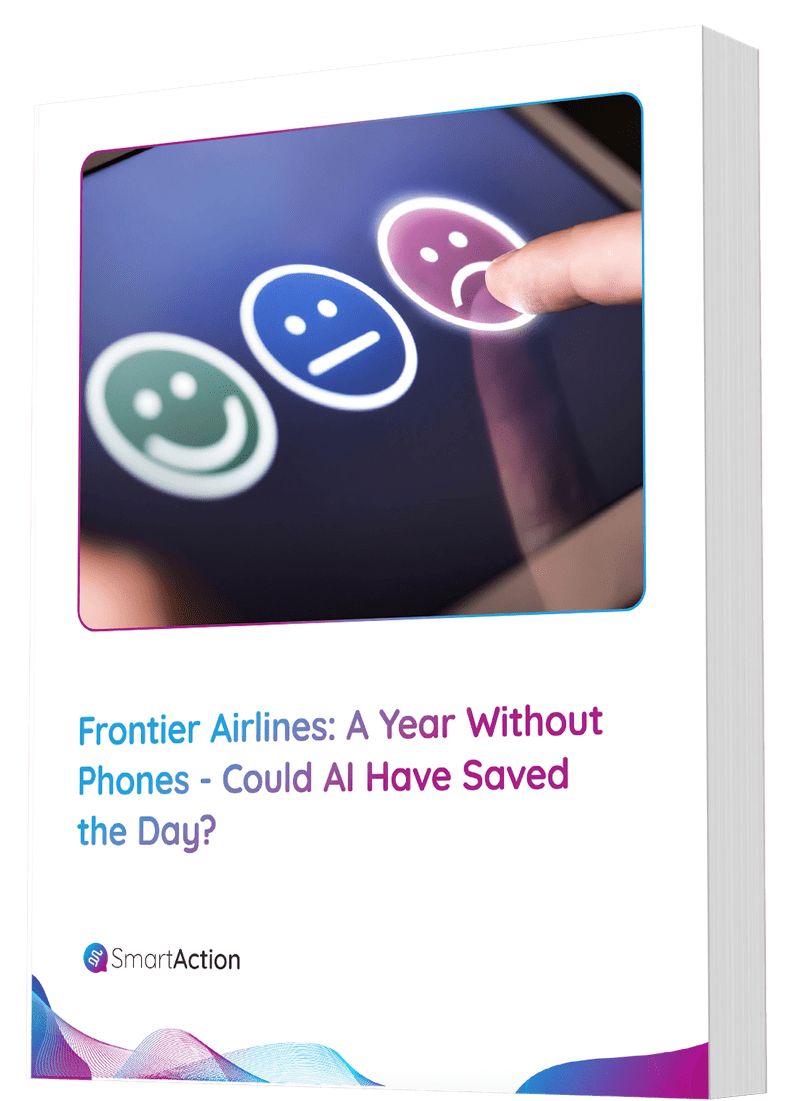Three Reasons to Upgrade Your IVR Self-Service
“You are only as good as your weakest channel.”
– Nancy Jamison, Principal Analyst, Digital Transformation Practice at Frost & Sullivan
This is an insightful quote from Nancy Jamison, a leading analyst in the call center space. It speaks to the changing customer landscape and the importance of staying up-to-date on what technology customers actually want to use – not the technology you think they want to use. We like this phrase for lots of reasons – here’s three of them.
1. Voice had gone largely ignored for a long time. As a result, it’s become many companies’ weakest channel.
Newer channels (e.g. social media, SMS/mobile messaging, AI chatbots) are important, but IVR self-service remains critical to the customer experience. In fact, voice is still a prominent channel for service engagements, and although the balance is shifting a bit, the majority of consumers end up using voice to resolve their issues. With the recent and tremendous adoption of intelligent virtual assistants, like Alexa and Google Home, customers have become more comfortable with the notion of speaking with machines. Now, not only are they comfortable communicating with AI agents, but they have also come to expect that polish when they engage with any call center automation. Some companies have continued to ignore voice even among these changing expectations, and this inconsistency between expectations and reality sets the stage for customer dissatisfaction when a brand’s performance is not up to par.
So, think about your voice channel: is it your weakest link? If so, it may be time for an upgrade.
2. One bad encounter in any channel can tarnish the entire customer experience.
The ideal customer journey will cross through multiple channels seamlessly, effortlessly, and sequentially. Customers engaging with one of your channels have likely already engaged with your brand through another channel before – whether it be a couple minutes prior, earlier that day, or a week ago. You need to ensure customers never come across a channel that performs poorly. The technology to make all of your channels top-notch already exists. And while budgets are a constraint, there are great workarounds that allow you to build an omnichannel system at lower, more manageable costs.
3. Natural language IVR enables agents to be better at their jobs.
The relationship between an intelligent virtual agent and a live customer service representative parallels that of a tag team. In other words, jobs go to the agent (virtual/human) better equipped to complete it. Powerful customer service automation has extended capabilities to complete the brunt of complex but repetitive tasks that often bog agents down, collecting meaningful data and passing it on to the agent for use through CTI. This benefits agents by freeing up their time and allowing them to apply their skills in more meaningful ways, like engaging in high value conversations with customers during ‘moments of truth’ or upselling products. In this way, human agents remain significant but are not bored, motivating them to perform at a high level. It also limits how many times callers must repeat information. It becomes clear that the voice bot augments the performance and capabilities of the agent, which enhances the effectiveness of the entire voice channel. All of this contributes to overall customer satisfaction and effort to resolution.
Keep in mind: intelligent voice automation and self-service like what is described above is not available anywhere. It requires deep seeded knowledge, advanced technology, and an excellent understanding of your business. At the end of the day, knowing your customers well enough to provide them with the innovative services they want and need is imperative for success in this technology-driven world. So, as you’re analyzing where to direct precious operational budgets over the next 6 to 12 months, don’t forget: you are only as good as your weakest channel.






